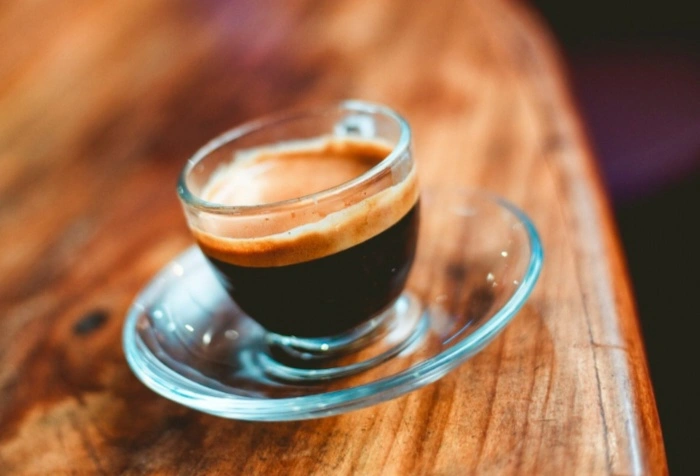Espresso is a concentrated coffee beverage brewed by forcing hot water through finely-ground coffee. The amount of coffee used plays a crucial role in the final taste and quality. Getting the right dose ensures a balanced extraction, avoiding bitterness or sourness. This guide will help you understand the ideal coffee quantity for espresso and how it affects your brew.
Understanding Espresso Dose
The dose refers to the amount of ground coffee used in the portafilter before brewing. It directly impacts the strength, flavor, and texture of the espresso. Using too little coffee can result in a weak and under-extracted shot, while too much can lead to over-extraction and bitterness. Finding the right balance is key.
Traditionally, a single shot of espresso uses a smaller dose, while a double shot requires more. The dose must align with the basket size in your portafilter. Overfilling or underfilling can cause uneven extraction, affecting the taste. Consistency in dosing ensures repeatability, which is essential for quality espresso.
Standard Coffee Dose for Espresso
Most cafes and professional baristas follow a standard range for espresso dosing. A single shot typically uses less coffee, while a double shot requires nearly twice as much. The exact amount can vary based on personal preference, bean type, and machine specifications.
For a balanced extraction, the dose should complement the yield, which is the amount of liquid espresso produced. A common approach is to use a one-to-two ratio, meaning the coffee dose is half the weight of the final beverage. Adjustments can be made depending on whether you prefer a stronger or milder taste.
Factors Affecting Coffee Dose
Several factors influence how much coffee you should use for espresso. The roast level plays a role—darker roasts are less dense, so you might need a slightly higher volume to match the weight of a lighter roast. Grind size also matters; finer grinds require careful dosing to avoid over-extraction.
The espresso machine’s pressure and temperature stability affect extraction. If the machine runs too hot or too cold, you may need to adjust the dose to compensate. The freshness of the coffee is another consideration. Freshly roasted beans release more gases, which can impact how water flows through the coffee bed.
How to Measure Coffee for Espresso
Precision is crucial when measuring coffee for espresso. A digital scale is the best tool for accuracy, as volume measurements can be inconsistent due to variations in grind size and packing density. Weighing the coffee ensures you use the same amount every time, leading to consistent results.
After grinding, the coffee should be evenly distributed in the portafilter to prevent channeling, where water finds paths of least resistance and causes uneven extraction. Tamping with consistent pressure also helps achieve an even extraction. Small changes in dose can make a big difference, so keeping notes on adjustments can help refine your technique.
Adjusting Dose for Different Coffee Beans
Different coffee beans behave differently during extraction. Single-origin beans may require slight dose adjustments compared to blends, which are often designed for stability. Lighter roasts tend to be denser, so you might use a slightly smaller dose by weight compared to darker roasts.
Experimentation is key when working with new beans. Start with a standard dose, then tweak it based on taste. If the espresso is too sour, increasing the dose slightly might help. If it’s too bitter, reducing the dose could improve balance. Keeping track of changes helps in finding the sweet spot for each coffee.
Common Mistakes in Espresso Dosing
One common mistake is inconsistent dosing. Even small variations can lead to noticeable differences in taste. Another error is ignoring the basket size—using too much coffee can cause the puck to touch the shower screen, leading to poor extraction.
Neglecting to weigh the coffee is another pitfall. Relying on guesswork or volume measurements often results in inconsistency. Over-tamping or under-tamping can also affect extraction, even if the dose is correct. Paying attention to these details ensures a better espresso experience.
Conclusion
The right coffee dose is fundamental to making great espresso. While standard guidelines exist, personal preference and bean characteristics play a big role. Using a scale, maintaining consistency, and making small adjustments will help you achieve the perfect shot.
Espresso brewing is both a science and an art. Understanding how dose interacts with other variables like grind size, water temperature, and extraction time will elevate your coffee-making skills. With practice, you’ll be able to fine-tune each element for a consistently excellent cup.
Related topics:
How Long to Pull a Double Shot of Espresso
What Is Starbucks Doubleshot Espresso: Things You Need To Know
What Is Spiced Shaken Espresso: A Complete Overview


